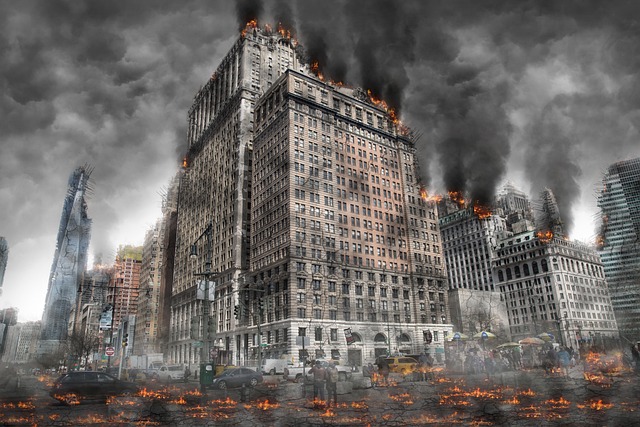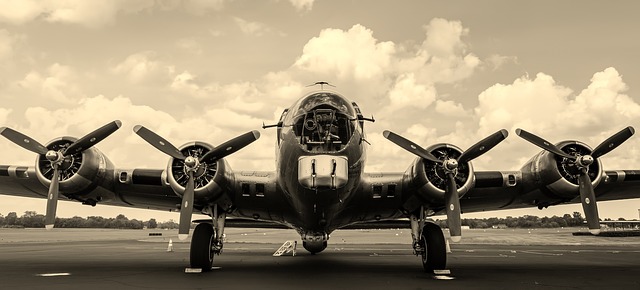Tag: Wars
-
World War 1 Facts For Kids | Fascinating Facts about WWI
World War I was one of those historical events that shaped destinies, altered mentalities and changed the history of many countries. Known as the First World War, The Great War or the War of the Nations, this complex conflict started in 28 July 1914 and ended in 11 November 1918. With the Allied Powers on…
Written by

-
World War 2 For Kids | The Bloodiest War In The History
The facts about World War 2 for kids are worth reading primarily because it’s been the most catastrophic war in the history as it consumed millions of people from all over the world. The war embraces some of the big powers of the world that leads into the formation of two conflicting armed unions that…
Written by

